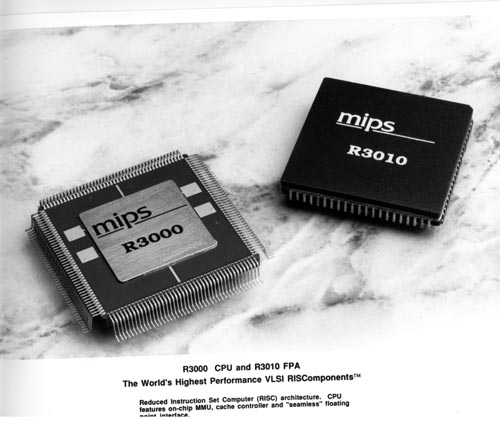

This initial innovation sparked continued, rapid progress in modern aviation, with the record distance increasing nearly 150,000-fold from 0.28 kilometers in 1903 to almost 41,500 kilometers in 2006. Then, in 1903, the Wright Brothers were able to engineer the first powered flying technology. Before the 20th century, humans had not yet developed the technology necessary to enable powered flight. This record represents the maximum distance a non-commercial powered aircraft has traveled without refueling. This chart shows the global distance record set by non-commercial flights since 1800.


The list of technology we rely on every day is long: it includes the vehicles that transport us, the houses we sleep in, the medication that heals and protects us, the machinery we use for production, the instruments to produce music and art, and the gadgets we use to communicate with each other. We are a species capable of producing technology: we are able to understand our world and use this knowledge for practical purposes. If you have expertise in this area and would like to contribute, apply here to join us as a researcher. We will further develop our work on this topic in the future (to cover it in the same detail as for example our entry on World Population Growth).

The data and research currently presented here is a preliminary collection or relevant material. Maglogiannis, V.Notice: This is only a preliminary collection of relevant material On-Line Fall Detection via Mobile Accelerometer Data PSO-Least Squares SVM for Clustering in Cognitive Radio Sensor Networks Zohreh Alizadeh, Mohsen Afsharchi, Armin Azar Ioannis Valavanis, Theodosios Goudas, Maria Michailidou, Ilias Maglogiannis, Heleni Loutrari, Aristotelis ChatziioannouĪ Distributed Energy-Efficient Algorithm for Cellular Target Tracking in Wireless Sensor Networks MaglogiannisĪ Novel Image Analysis Methodology for the Evaluation of Angiogenesis in Matrigel Assays and Screeni A Novel Image Analysis Methodology for the Evaluation of Angiogenesis in Matrigel Assays and Screening of Angiogenesis-Modulating Compounds Konstantina Kottari, Konstantinos DelibasisĪutomated Detection of Streaks in Dermoscopy Images Multi-pose Volume Reconstruction Across Arbitrary Trajectory from Multiple Fisheye Cameras Samaneh Mazaheri, Puteri Sulaiman, Rahmita Wirza, Mohd Dimon, Fatimah Khalid, Rohollah Tayebi
#Datagraph mips registration
Uncertainty Estimation for Improving Accuracy of Non-rigid Registration in Cardiac Images Petros Alvanitopoulos, Andrian Moroi, George Bagropoulos, Kieran Dundon Richard Chbeir, Yannis Manolopoulos, Ilias Maglogiannis, Reda Alhajj (Eds.)Ĭontent Based Image Retrieval and Its Application to Product Recognition IFIP Open DL (version hosted by DACS group)Īrtificial Intelligence Applications and Innovations.


 0 kommentar(er)
0 kommentar(er)
